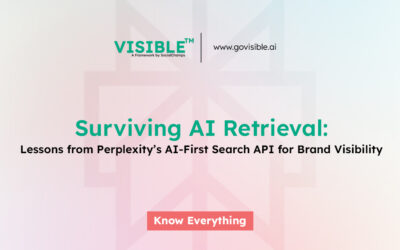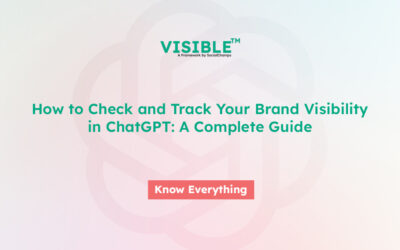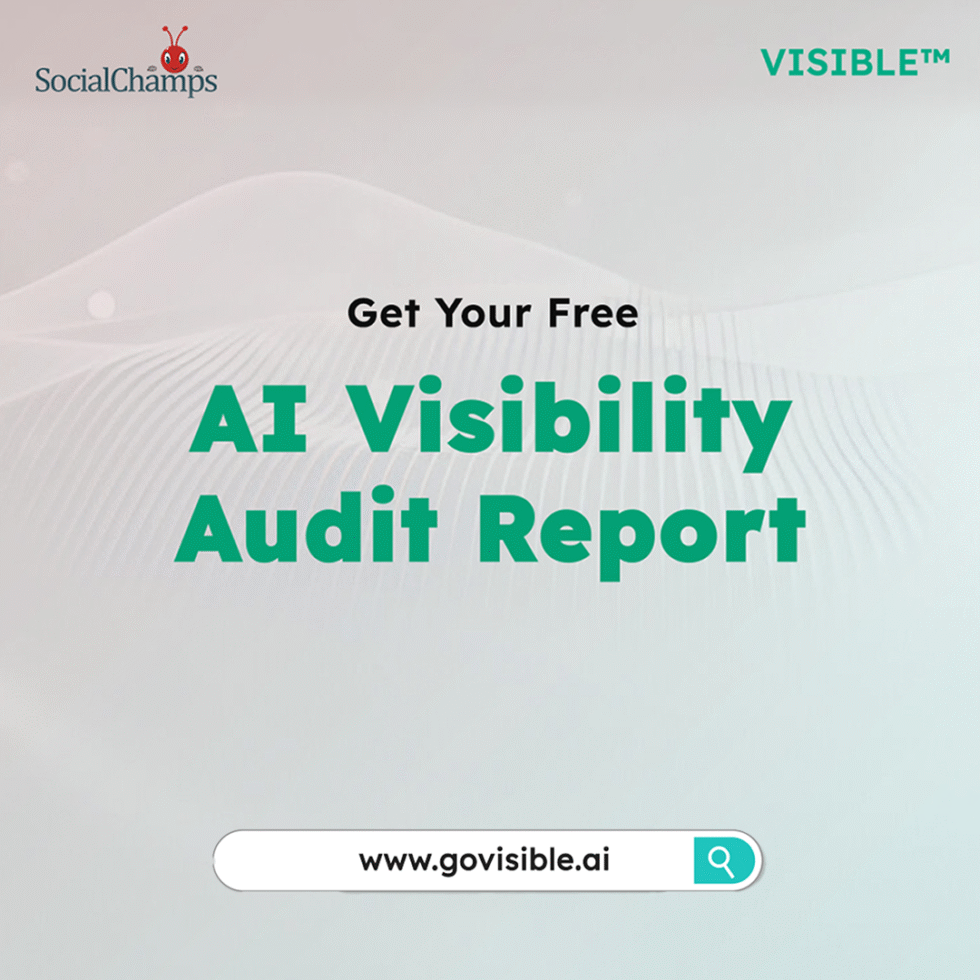If Google and ChatGPT had a real-time, source-quoting cousin, it would be Perplexity.ai.
This fast-growing engine is transforming how people search by blending AI-generated summaries with fresh, web-sourced citations. That means if your content isn’t live, credible, and easy to reference, you’re invisible.
The upside? Perplexity doesn’t just rank websites — it references them. And that opens up a new kind of visibility loop for brands. Use the VISIBLE™ Playbook to make your content easy for Perplexity to find, cite, and feature in its answers.
10 Visibility Tactics Perplexity.ai Prefers
| Hack | Growth Strategy | Why It Works (Perplexity Logic) | Tactical Action Steps |
|---|---|---|---|
| 1. Master the Link Strategy | Get backlinks from high-authority and AI-crawlable sources. | Perplexity relies on real-time indexed sources. Backlinked content ranks higher. | • Publish guest posts on HackerNoon, TechCrunch, Medium • Target fast-indexing sites like Substack, Reddit |
| 2. Rank for Questions | Target long-tail question-based titles and H1s. | Perplexity indexes content that directly answers user questions. | • Use titles like “What is Generative SEO?” • Focus on long-tail search intent |
| 3. Build Citation-Ready Snippets | Craft short, clear, quotable sentences. | Perplexity pulls exact sentences as previews — clarity + brevity wins. | • Use punchy lines: “VISIBLE is a 7-pillar framework…” • Keep most sentences under 25 words |
| 4. Publish on Index-Favorite Domains | Use platforms Perplexity frequently cites. | Medium, GitHub, Quora, and Reddit are prioritized by Perplexity’s retrieval layer. | • Start threads on Reddit (r/SEO, r/marketing) • Answer questions on Quora • Upload repos on GitHub |
| 5. Use Temporal Anchors | Add date signals like “Updated July 2025”. | Perplexity tags and ranks recent content higher. | • Include “Updated in 2025” in intros • Reference recent data, events, and releases |
| 6. Use Schema + Metadata | Apply structured data and meta tags clearly. | Helps Perplexity identify and retrieve relevant sections as citations. | • Use FAQPage, QAPage, and HowTo schemas • Add clear & concise meta descriptions |
| 7. Embed Source-Worthy Quotes | Include original frameworks or stats others can cite. | Unique, quotable ideas are favored in citations and summaries. | • Coin terms (e.g., “Prompt Coverage Score”) • Use blockquotes and bold statements |
| 8. Target Citation Competitors | Reverse-engineer who’s being cited and beat them. | Perplexity citation links can be replaced if better UX + clarity is offered. | • Search top queries in Perplexity • Note top 5 cited links • Create better-structured, more helpful content |
| 9. Optimize for Skim & Scan | Add summaries, highlights, and benefits at the top. | Perplexity uses the first paragraph or snippet — dense content gets skipped. | • Start with a bolded TL;DR or “Key Insight” • Avoid long intros — go straight to value |
| 10. Relevance > Depth | Directly answer the user’s prompt — don’t overexplain. | Perplexity favors relevant, intent-matched copy over essays. | • Use actionable, prompt-aligned copy • Avoid fluff intros and SEO filler |
Perplexity rewards content that’s fresh, highly usable, and structurally optimized for citation. To get your brand, blog, or product page referenced, you must design for AI visibility at the metadata, content, and formatting levels. This means thinking like a journalist (what’s newsworthy?), publishing like a product manager (what’s user-first?), and formatting like a technical writer (what’s clean and citable?).
Want to dominate more than just Perplexity.ai?
Explore our next guide on AI Visibility Growth Hacks for ChatGPT and learn how to structure content for real-time, source-backed AI results.






0 Comments